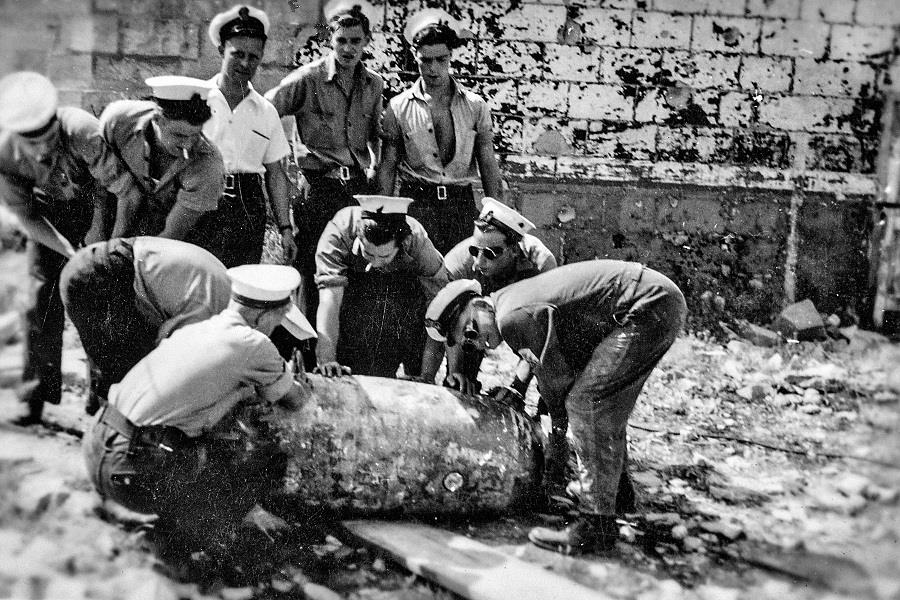There are books and there are books. Then there are thorough books. And this massive volume of peopled pages and pictures from the past is one such thorough book. This is 'Photography in Malta - The History & The Protagonists', penned by Kevin Casha. It shows clearly how Malta can become a researcher's paradise, providing a succinct containment of information to sift through, study, investigate and conceive into a whole and thorough publication.
The name of the author is in itself a guarantee, but for those who have no recognition of Casha, it is simply enough to say that he has been one of the pillars of contemporary photography on Malta for the past few decades. Apart from his several photographic accomplishments, he is also the President of the Malta Institute of Professional Photography (MIPP). Casha initially began compiling information on old photographs and the photographers who took them, long before the book itself came to mind. Eventually this saving of information turned into the idea of creating a book which would help to raise awareness on the topic of photography in Malta and its long history. The research and painstaking follow-up on some very scant leads and information took six years in all. A total of 510 pictures are included.
It all starts as early as the early 19th century when Malta was still comfortably unaware of this new technology that was soon to take Europe by storm. And one reads how the first photographs came to be developed by foreigners who happened to be on Malta and who were amazed at the high levels of good light available. Foreigners who needed to experiment ways and means of bypassing the typically humid weather that clearly effected the chemical process of the printing of negatives. And how many of them found, to their chagrin that the Sirocco can be a cruel partner to work with.

Needless to say, new methods were discovered and used successfully, so much so that one can enjoy plenty of period images such as that of a group of Maltese people posing next to the Floriana fountain, a picture taken during the later years of the 1800s. Another suggestive scene is that of ships berthed in the Grand Harbour circa 1870. And as one leafs through this book, it becomes evident that this is not just about photography, because the pictures trace the history of the people, the traditions, the changing culture, social innuendoes, the trades and the fashions, the places and locations sometimes hard to identify nowadays. I found myself scanning the images, looking at faces of people long gone, amongst whom I hoped to perhaps trace one of my own ancestors.
Early pictures tell a completely different story to what we know of life today. One of the loveliest images taken around 1880 show a rural scene, complete with wayside chapel, a herd of goats, a 'karozzin', a water fountain and a traditionally dressed boy. But of courses there was also high society and this included neatly dressed females with children in pose. And after the first world war, Maltese photographers came to the fore and shot endless images of people wearing all sorts of outfits, deriving from across all society...... The book includes images if the Sette Giugno alongside an innocent picture of a threesome if children at play; women at work, men at work, the soldier, the matrona, the elderly couple, the romantic portrait, the little child, the bold gentleman, the sailors, the infant with a jubilant looking father, a street on a wet day, a photographer in his studio...

It is here that one starts coming across names of eminent photographers the likes of Ellis, Felice, Harrison, Preziosi, Zahra, Agius, Cassar and so many more. Slowly the history develops to a social story that delves deep into the very threads which composed the islands. It is not even close enough to read this review to appreciate the wealth of knowledge with which this book is imbued. Casha has compiled a history of local photography but along the way, he has managed to capture national characteristics and foibles that help in the understanding of the past, its people and its story.
Truly a seminal work, this volume takes us on through to the phase when photography turned fully artistic, with the establishment of key groups, societies and associations which individually and in tandem fuelled the crave for an education in professional photography and beyond. Casha includes interesting insight into the lives of the photographers and protagonists with the help of a detailed appendix that spans from A through to Z. This book is not just for photography enthusiasts - it is for lovers of Maltese history, for collectors and antiquarians alike, for all those who are curious to peek back at what was and how it turned around to include us.
Photography in Malta - The History & The Protagonists by Kevin Casha is available at leading bookshops